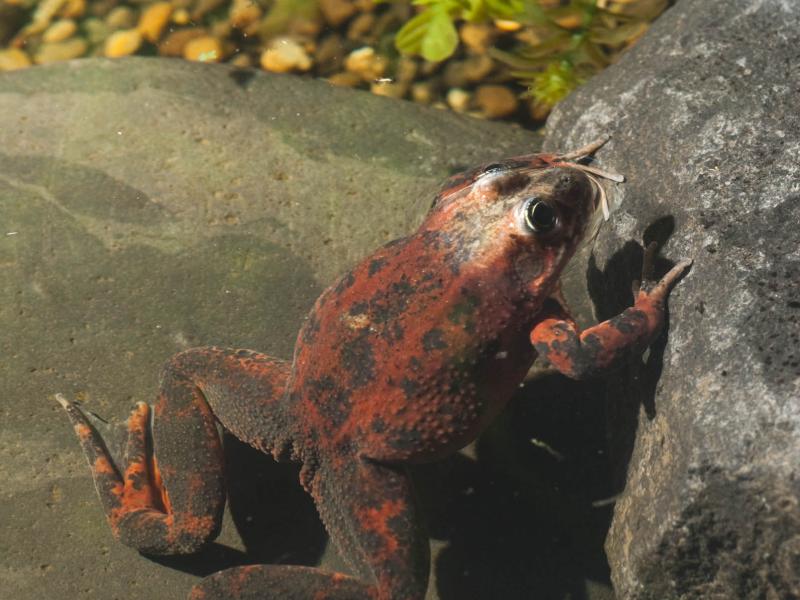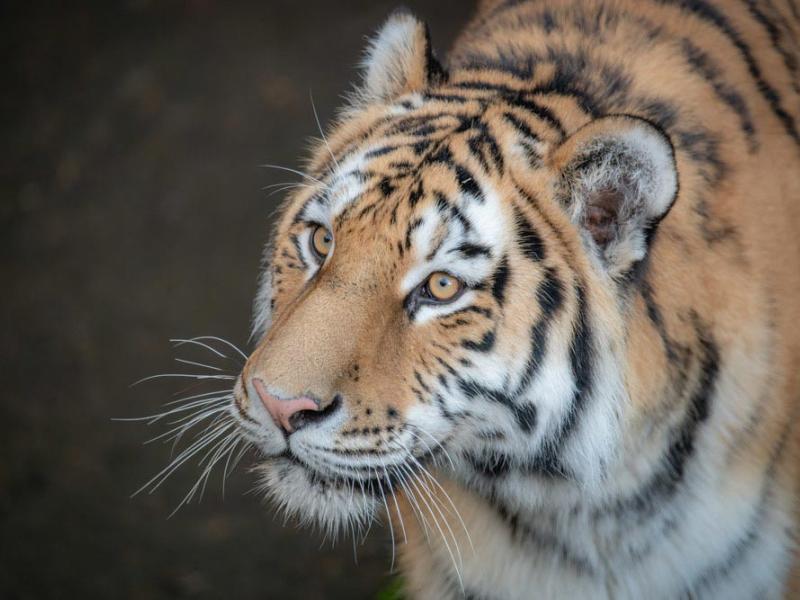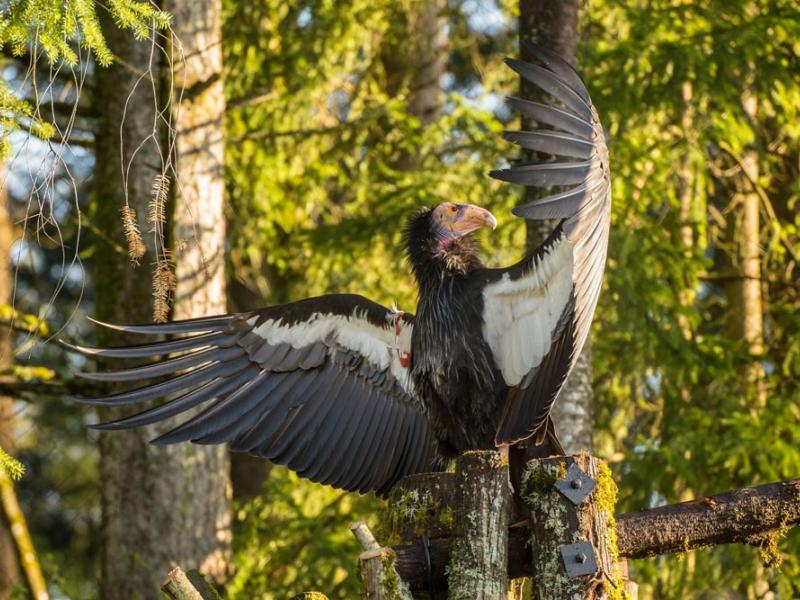
This gazelle's historic range is the Horn of Africa: on the Somali coast, inland to Ethiopia. It lives in stony brush, grassland and semidesert. It has been hunted to extinction in Ethiopia and is endangered in Somalia due to war, hunting and overgrazing. Gazelle are herbivores, eating herbs, shrubs and succulents.
This gazelle is named for John Hanning Speke, an English explorer. In the 1850s and 1860s he became famous for his search for the Nile River's source.
Gazelle behavior and facts
- Gazelle are crepuscular (active at dusk and before dawn).
- They gather in family groups up to 20. Group size depends on how much vegetation is available.
- Three to five folds of skin near gazelles' noses can be inflated with air, to about the size of half a tennis ball. When the air is released it makes an alarm call that sounds like a pistol shot.
- Muscular spasms dispense scent from preorbital glands (the inner corner of the eye, where tear ducts are on humans). Males rub this scent onto vegetation to mark their territory.
- Gazelles primary predators other than humans are cheetah, lions, wild dogs, leopards, hyenas and pythons.
From birth to death
- Gestation: 6 to 7 months
- A single baby is born.
- Babies weigh approximately 2.75 pounds at birth.
- Young are weaned at 2 to 3 months.
- Sexual maturity:
- Females 9 months
- Males 18 months
- Lifespan: 12 years
Vital statistics
- Height, at shoulder: 1.5 to 2 feet
- Length: 3 to 3.5 feet
- Weight: 33 to 55 pounds
Status
- IUCN classification: endangered
Gazelles, the Oregon Zoo and you
The zoo's Speke's gazelle live in the Africa Savanna exhibit. Their diet consists of herbivore pellets, grain and hay.
Speke's gazelle are losing their native habitat due to livestock grazing, drought and hunting.




